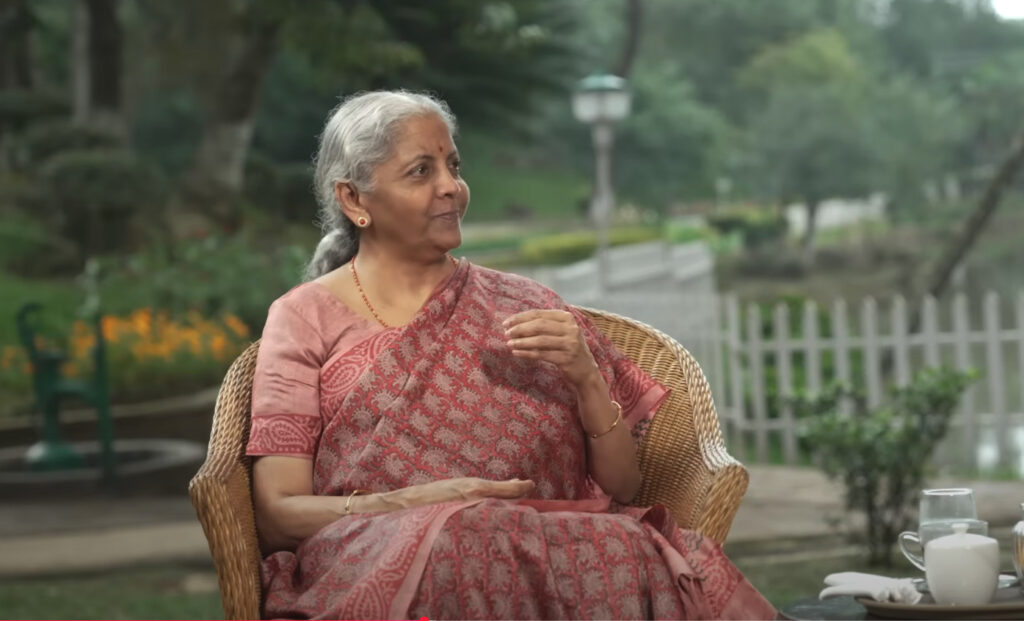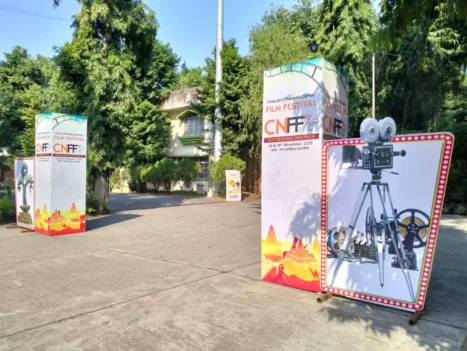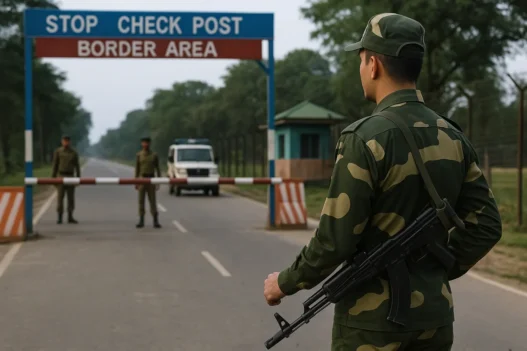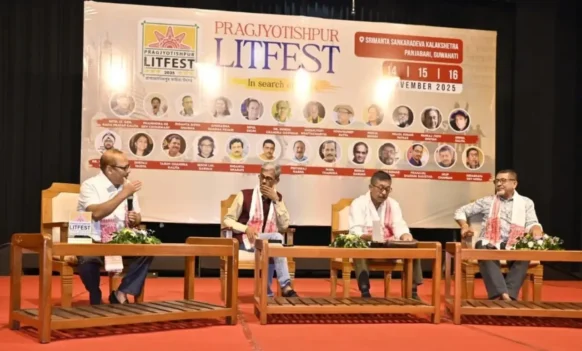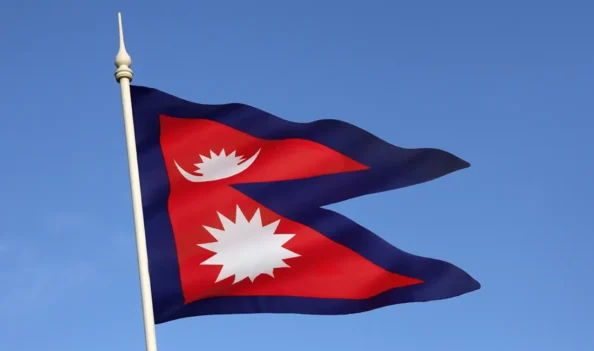Union Finance and Corporate Affairs Minister Nirmala Sitharaman’s recent visit to Meghalaya was more than a routine official tour; it was a statement of intent, highlighting a paradigm shift in how India views and invests in its border regions and grassroots communities. Over four days, the Minister traversed from Sohbar—the picturesque border village in East Khasi Hills—through Laitkynsew, engaging with local residents, women entrepreneurs, and students, before concluding her journey at the historic Ramakrishna Mission Ashram in Sohra (Cherrapunji). The tour underscored the central government’s evolving approach to regional development: treating border villages not as peripheries, but as dynamic engines of opportunity, innovation, and national identity.
Border villages as beginnings, not boundaries
The significance of Sitharaman’s visit to Sohbar cannot be overstated. As the first Union Minister to step foot in this remote village bordering Bangladesh, she powerfully echoed Prime Minister Narendra Modi’s vision that “border villages are not the last but the first point of contact for India.” Her address to the villagers, students, and officials focused on transforming Sohbar under the expanded Vibrant Villages Programme (VVP). With an emphasis on roads, telecom and digital connectivity, television access, and electricity, the plan aims to ensure that every household in Sohbar—home to more than 1,600 people—receives comprehensive support, including banking, education, and healthcare within a five-kilometer radius.
Sitharaman recognised the region’s rich tourism potential, lauding the state government’s plans for a riverfront tourism hub with support from external partners like the New Development Bank. She stressed that development must empower youth locally, not force them to migrate, and that with digital tools, artisans and entrepreneurs from Sohbar can reach global markets. “Your village should offer opportunities, not compel you to migrate,” she declared, capturing the spirit of the new development ethos.
Women at the heart of Meghalaya’s growth story
The Minister’s journey continued to Laitkynsew, famed for its living root bridges, where she engaged directly with women Self-Help Groups (SHGs), Lakhpati Didis, and Farmer Producer Organizations. Here, Sitharaman celebrated the collective spirit driving Meghalaya’s remarkable social and economic transformation. She highlighted the crucial role played by SHGs in reducing the state’s maternal mortality rate and increasing women’s participation in the economy.
The “Lakhpati Didi” initiative—aiming to empower at least five women per village to earn a sustainable income of Rs 1 lakh annually—was spotlighted as a national model. Local success stories, such as that of Lahun Mary Blah from Ieng Rasong SHG, brought this vision to life. Starting with a small loan, Mary built a multi-faceted enterprise that not only boosted her income and savings but also created new livelihoods for others. Her transformation from homemaker to entrepreneur is emblematic of Meghalaya’s grassroots empowerment and the central government’s focus on inclusive development.
From aspirations to achievements: Partnership for a Viksit Bharat
Throughout her visit, Sitharaman praised the Meghalaya government’s effective implementation of central and state schemes, and reaffirmed the Centre’s support for Meghalaya’s goal of building a $30 billion economy by 2030. She argued that every village must contribute to this vision, which aligns with India’s larger target of becoming a developed nation by 2047. She underscored that “inclusive growth must empower every citizen—man and woman, village and city, young and elderly, rich and poor alike—to pursue their aspirations and secure a dignified livelihood.”
Sitharaman also acknowledged the Northeast’s growing importance in national policy. The consistent presence of Union Ministers in the region, she said, is part of a deliberate strategy to ensure continued policy focus and responsive governance at the highest level.
Culmination at the Ramakrishna Mission: Celebrating values and legacy
The visit culminated in Sohra, at the renowned Ramakrishna Mission Ashram School—a century-old institution central to the region’s educational and social progress. Sitharaman paid floral tributes to Swami Ramakrishna and Swami Vivekananda, interacted with students and staff, and planted a sapling to mark her visit. She was particularly impressed by the mission’s free vocational training for women and its legacy of producing visionary leaders, including former Chief Ministers and national parliamentarians.
The presence of reputed local figures, such as Padma Shri awardee Theilin Phanbuh and nonagenarian educator Lolin Lyndem, added gravitas to the occasion. Sitharaman’s deep engagement with the mission’s work in healthcare, education, and community relief highlighted her appreciation for institutions that blend service with empowerment.
A new chapter for Meghalaya’s borderlands
Nirmala Sitharaman’s tour of Meghalaya was a potential signal of the Centre’s commitment to making India’s border and rural regions vibrant, self-reliant, and forward-looking. By focusing on digital inclusion, women’s empowerment, tourism, and partnerships between the Union and State governments, her visit set the tone for Meghalaya’s journey from aspiration to achievement.
As the sun set over the hills of Sohra, the message was unmistakable: India’s borders are not its margins—they are where the country’s future is being shaped, one empowered village at a time.

